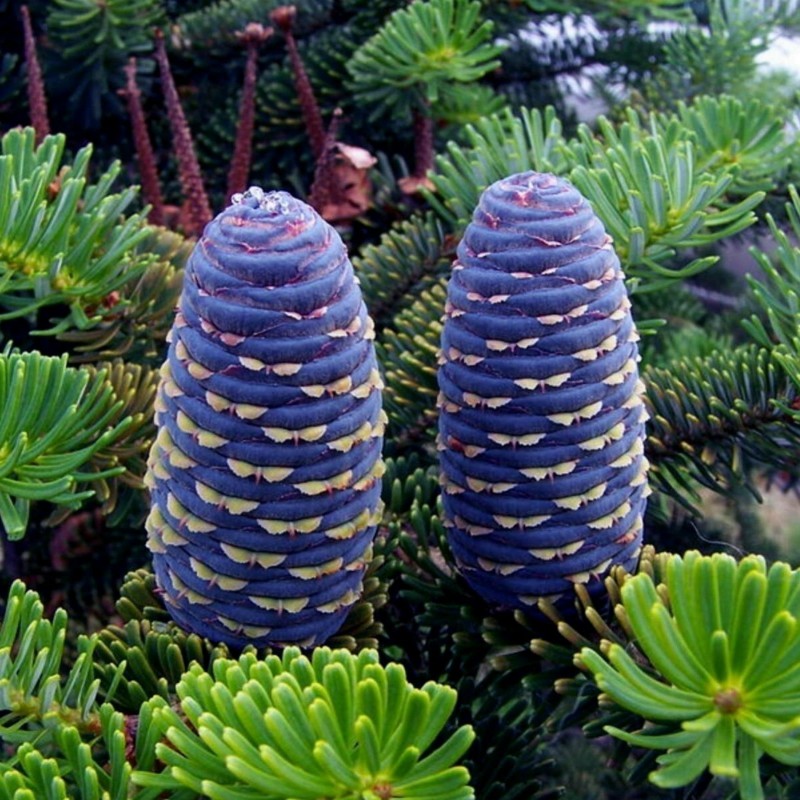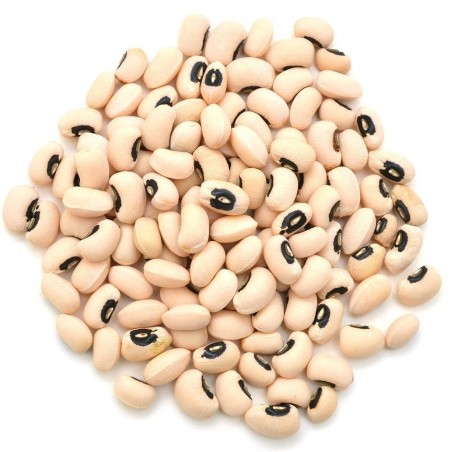
Siberian pine Seeds (Pinus sibirica)
Siberian pine Seeds (Pinus sibirica)
Price for package of 10 seeds.
Pinus sibirica, or Siberian pine, in the family Pinaceae is a species of pine tree that occurs in Siberia from 58°E in the Ural Mountains east to 126°E in the Stanovoy Range in southern Sakha Republic, and from Igarka
Siberian pine Seeds (Pinus sibirica)
Price for package of 10 seeds.
Pinus sibirica, or Siberian pine, in the family Pinaceae is a species of pine tree that occurs in Siberia from 58°E in the Ural Mountains east to 126°E in the Stanovoy Range in southern Sakha Republic, and from Igarka at 68°N in the lower Yenisei valley, south to 45°N in central Mongolia.
Distribution
In the north of its range, it grows at low altitudes, typically 100–200 m, whereas further south, it is a mountain tree, growing at 1,000-2,400 m altitude. It often reaches the alpine tree line in this area. The mature size is up to 30–40 m height, and 1.5 m trunk diameter. Its maximum lifetime is 800–850 years.
Pinus sibirica is a member of the white pine group, Pinus subgenus Strobus, and like all members of that group, the leaves ('needles') are in fascicles (bundles) of five, with a deciduous sheath. They are 5–10 cm long. Siberian pine cones are 5–9 cm long. The 9–12 mm long seeds have only a vestigial wing and are dispersed by spotted nutcrackers.
Siberian pine is treated as a variety or subspecies of the very similar Swiss pine (Pinus cembra) by some botanists. It differs in having slightly larger cones, and needles with three resin canals instead of two in Swiss pine.
Like other European and Asian white pines, Siberian pine is very resistant to white pine blister rust (Cronartium ribicola). This fungal disease was accidentally introduced from Europe into North America, where it has caused severe mortality in the American native white pines in many areas, notably the closely related whitebark pine. Siberian pine is of great value for research into hybridisation and genetic modification to develop rust resistance in these species.
Cultivation
Siberian pine, Pinus sibirica, is a popular ornamental tree in parks and large gardens where the climate is cold, such as central Canada, giving steady though not fast growth on a wide range of sites. It is very tolerant of severe winter cold, hardy down to at least –60 °C, and also of wind exposure.
The seeds are also harvested and sold as pine nuts, which in Russia are marketed as Cedar nuts (Russian: Кедровые орехи).
"Siberian cedar"
The Russian name Сибирский кедр (tr. Sibirsky kedr)[3] is usually translated in English as “Siberian cedar.” References to “cedar” or "dwarf cedar" in texts translated from Russian usually refer to this tree or related pines, not to true cedars.
| Organic/natural ? | Organic/Natural: Yes |
|---|---|
| Edible ? | Edible |
| Pretreatment of sowing ? | Soak in water before sowing 12-24 h Stratification needed: Yes |
| Sowing depth ? | Germinate the seeds in a plastic bag with a paper towel Sowing depth 2 cm |
| Handpicked seeds ? | Handpicked seeds |
| Origin of seeds ? | Seeds imported from: Russia |


Your review appreciation cannot be sent
Report comment
Report sent
Your report cannot be sent
Write your review
Review sent
Your review cannot be sent
🌍 Worldwide Shipping from the EU
We ship worldwide from the European Union using registered air post with signature confirmation on delivery.
📦 Tracking Your Order
Log in to your account and go to Order History > Details to find your tracking number.
You will receive email notifications at every step — please check your spam/junk folder if you don’t see them.
Track your package via:
⚠️ Important Notices
Cash on delivery is not available.
Always provide a valid mobile number with country code when ordering (e.g., +365 456 7686 576).
Do not order to P.O. Boxes or if you cannot be home to sign for the package. We cannot leave parcels with neighbors.
If a package sent to a P.O. Box is lost or undelivered, you lose the right to a refund.
📦 Lost, Returned & Reshipping Packages
For customers in Brazil and Mexico:
We cannot refund packages lost or destroyed by customs.
If your package is returned, we will refund only the product cost — shipping costs are not refundable.
You must pay return postage (€2) and any costs for reshipping.
If a package is returned to us for any reason, you are responsible for paying the return shipping (€2) plus the cost to resend the package.
🚚 Shipment Delivery
Registered shipments require a signature from the recipient.
If your tracking shows the package is still at the origin post office, it means the package is in transit — please contact your local post office directly for updates.
We are not responsible for delivery times and cannot track shipments for you.
📅 Delivery Options & Estimated Times
Delivery Option Processing Time Notes Priority Delivery Ships in 1-7 business days Prioritizes order processing (not guaranteed faster delivery); delays possible during holidays (3-10 days) Secured Delivery Ships in 1-7 business days Available for orders up to €150; refund if lost Standard Delivery Ships in 7-10 business days More economical; delays possible during holidays (7-14 days) Estimated Delivery Time:
Within the EU: 3–20 days
Worldwide: 5–30 days
Example delivery times to the USA:
Delivered in 13, 17, 19, 22, or 27 days.Note: Delivery times depend on your location and the local postal system. COVID-19 may cause additional delays.
💰 Shipping Costs
Shipping and handling fees are calculated automatically during checkout based on the weight of the parcel and the destination country.
⏰ Order Processing Hours
We do not process or ship orders on Saturdays or Sundays.
💳 Payment Options
Bank Transfer (SEPA / IBAN / SWIFT-BIC)
Include your order reference in the payment description (e.g., "SGS-19811702"). Orders without payment within 7 days are automatically cancelled.PayPal
Payments accepted in Euros only. Please select Euros at checkout.Card Payment
For card payments, visit our other site: Exotic Seeds Store
We accept Visa, MasterCard, American Express, CB, Diners Club, Discover, China UnionPay, JCB, and Discover.
⚠️ Transaction Fees
Customers are responsible for any transaction fees. Please provide payment details to help us process your order efficiently.
📢 Final Notes
Before placing your order, please check our website for any special notices, holiday schedules, or specific conditions that may affect your purchase.
Related Products























